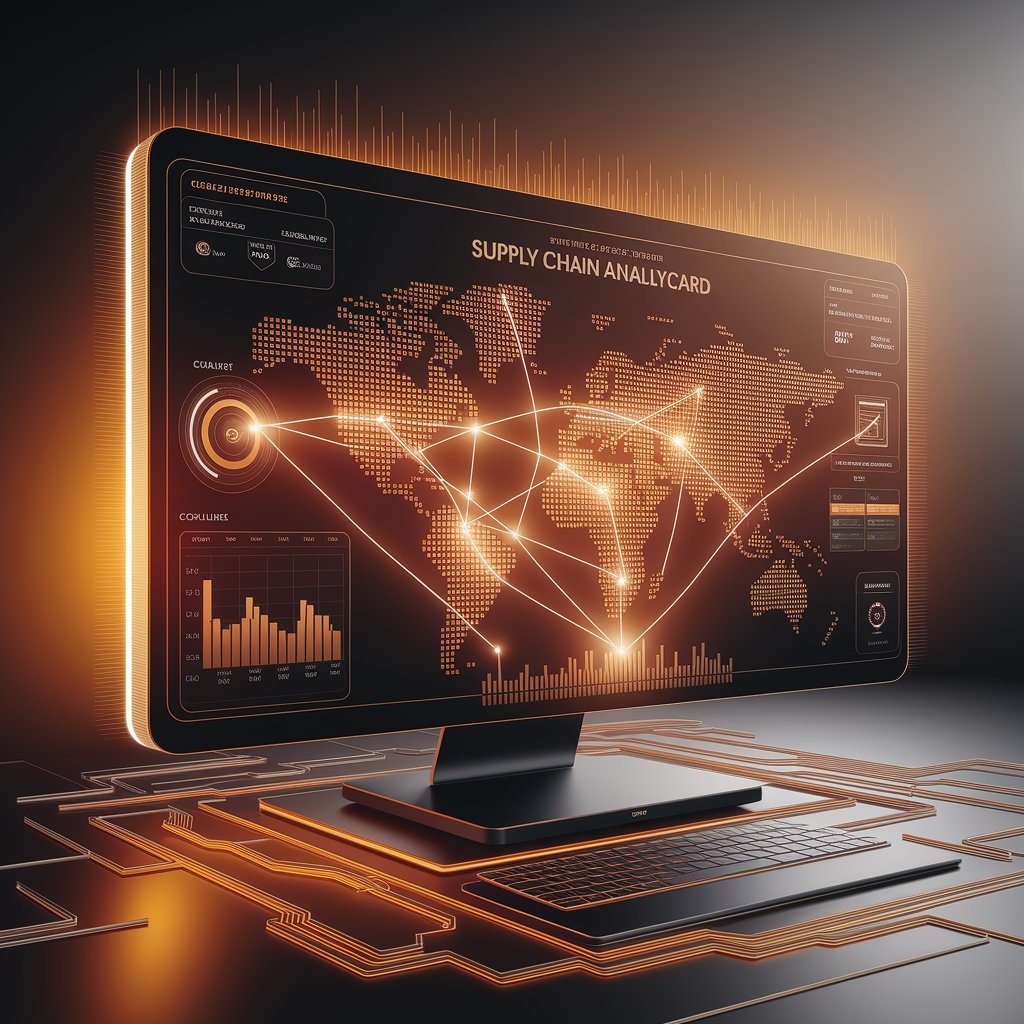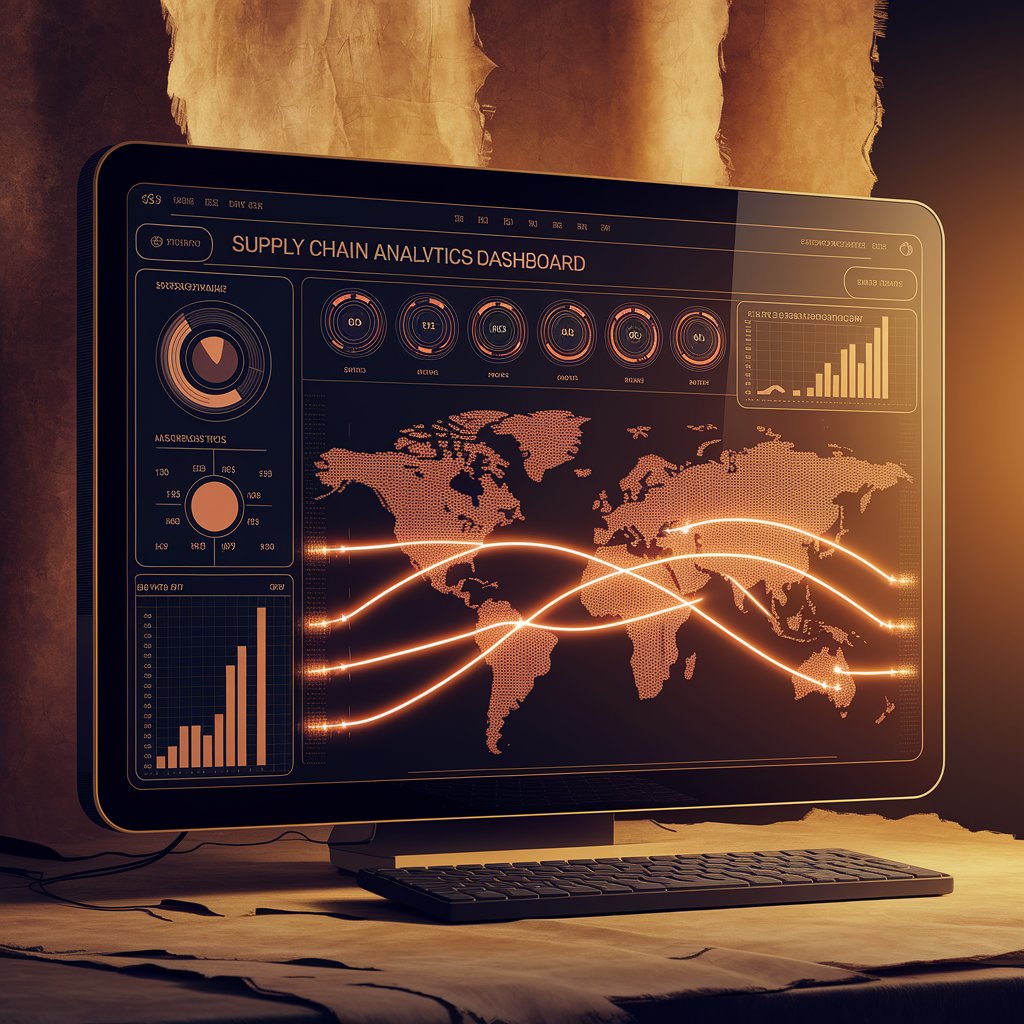Supply Chain Analytics: Turning Data Into Strategic Advantage

Introduction
This is where supply chain analytics becomes a powerful enabler. By collecting, analyzing, and visualizing logistics data, companies can uncover patterns, predict risks, and make smarter decisions that strengthen competitiveness.
What Is Supply Chain Analytics?
Supply chain analytics is the use of data analysis, AI, and visualization tools to monitor and optimize supply chain performance. It goes beyond traditional reporting by providing real-time insights and predictive intelligence.
The goal is not just to describe what happened but to predict what will happen and prescribe what should be done.

Key Features of Supply Chain Analytics
- Real-Time Dashboards: Visualize shipments, costs, and performance KPIs instantly.
- Predictive Analytics: Forecast demand, risks, and disruptions.
- Cost Visibility: Break down transportation, warehousing, and procurement expenses.
- Supplier Performance Tracking: Measure reliability and delivery times.
- Scenario Planning: Simulate “what-if” conditions for smarter decision-making.
Benefits for Logistics Providers
- Efficiency Gains: Identify bottlenecks and eliminate inefficiencies.
- Cost Savings: Optimize freight spend and reduce waste.
- Improved Forecasting: Align inventory and capacity with real demand.
- Resilience: Anticipate disruptions like port congestion or supplier delays.
- Customer Trust: Provide transparency with accurate data-driven updates.

Real-World Applications
- Freight Forwarders: Use analytics to compare carriers and optimize pricing.
- Carriers: Track fleet utilization and fuel consumption.
- 3PL Providers: Offer clients predictive dashboards for visibility and control.
- Retail and E-commerce: Forecast demand surges during peak seasons.
- Pharma Logistics: Ensure compliance and minimize temperature-sensitive risks.
The Future of Supply Chain Analytics
The future of supply chain analytics lies in deeper integration with AI, blockchain, and digital twins. AI will provide self-learning insights, blockchain will guarantee secure data sharing, and digital twins will simulate supply chains in real time. The next evolution will be autonomous, analytics-driven that optimize themselves.

Conclusion
Supply chain analytics is transforming logistics by turning raw data into actionable intelligence. From predictive demand forecasting to real-time dashboards, it helps companies cut costs, improve efficiency, and build resilience. For logistics providers aiming to compete in a fast-moving global market, adopting advanced analytics is no longer optional—it’s the cornerstone of smart, future-ready supply chains.
